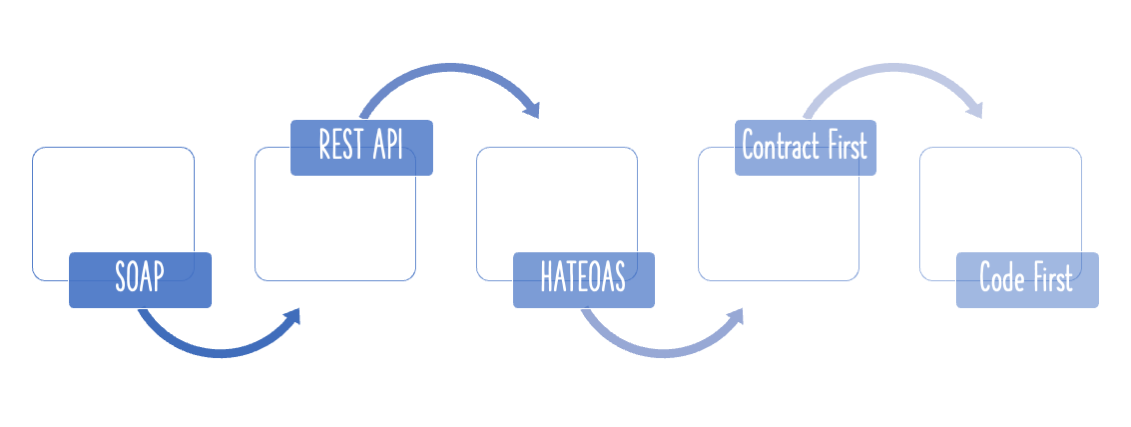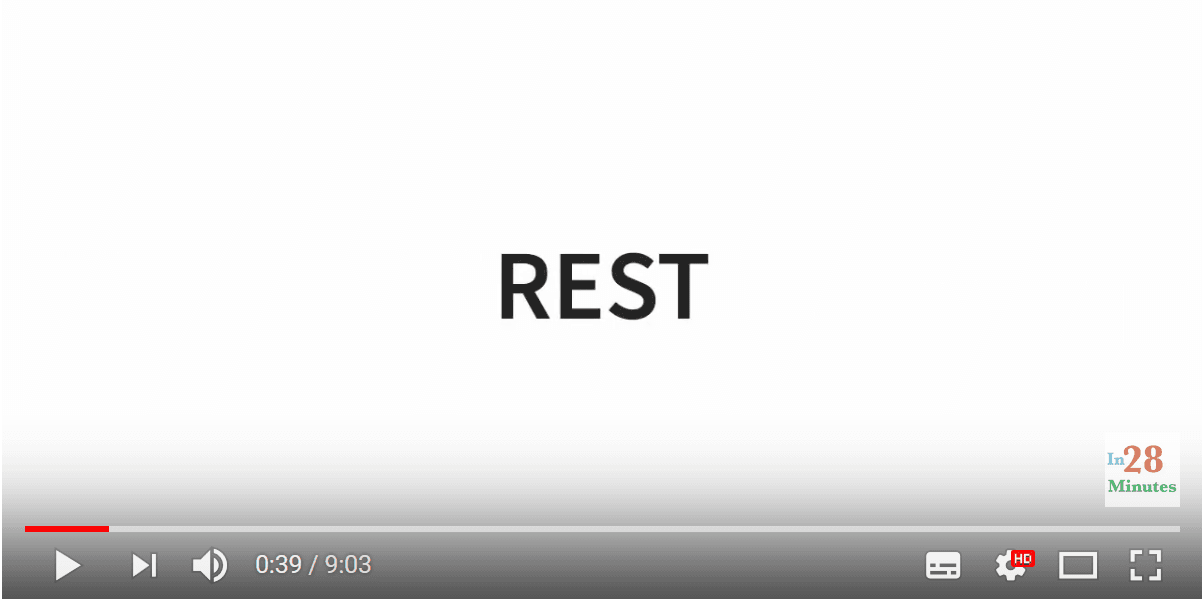REST stands for REpresentational State Transfer. It is a popular architectural approach to create your API’s in todays world.
You will Learn
- What is REST?
- What are the fundamentals of REST APIs?
- How do you make use of HTTP when building REST API?
- What is a Resource?
- How do you identify REST API Resources?
- What are some of the best practices in designing REST API?
REST API
This is the first article in a series of articles on REST APIs:
- 1 - Introduction to REST API - RESTful Web Services
- 2 - REST v SOAP - A few perspectives
- 3 - Designing REST API - What is Contract First?
- 4 - Designing REST API - What is Code First Approach?
- 5 - REST API - What is HATEOAS?
- 6 - REST API Best Practices - With Design Examples from Java and Spring Web Services
What Is REST?
The acronym REST stands for REpresentational State Transfer. It was term originally coined by Roy Fielding, who was also the inventor of the HTTP protocol. The striking feature of REST services is that they want to make the best use of HTTP. Let’s now have a quick overview of HTTP.
A Relook At HTTP
Let’s open up the browser and visit a web page first:
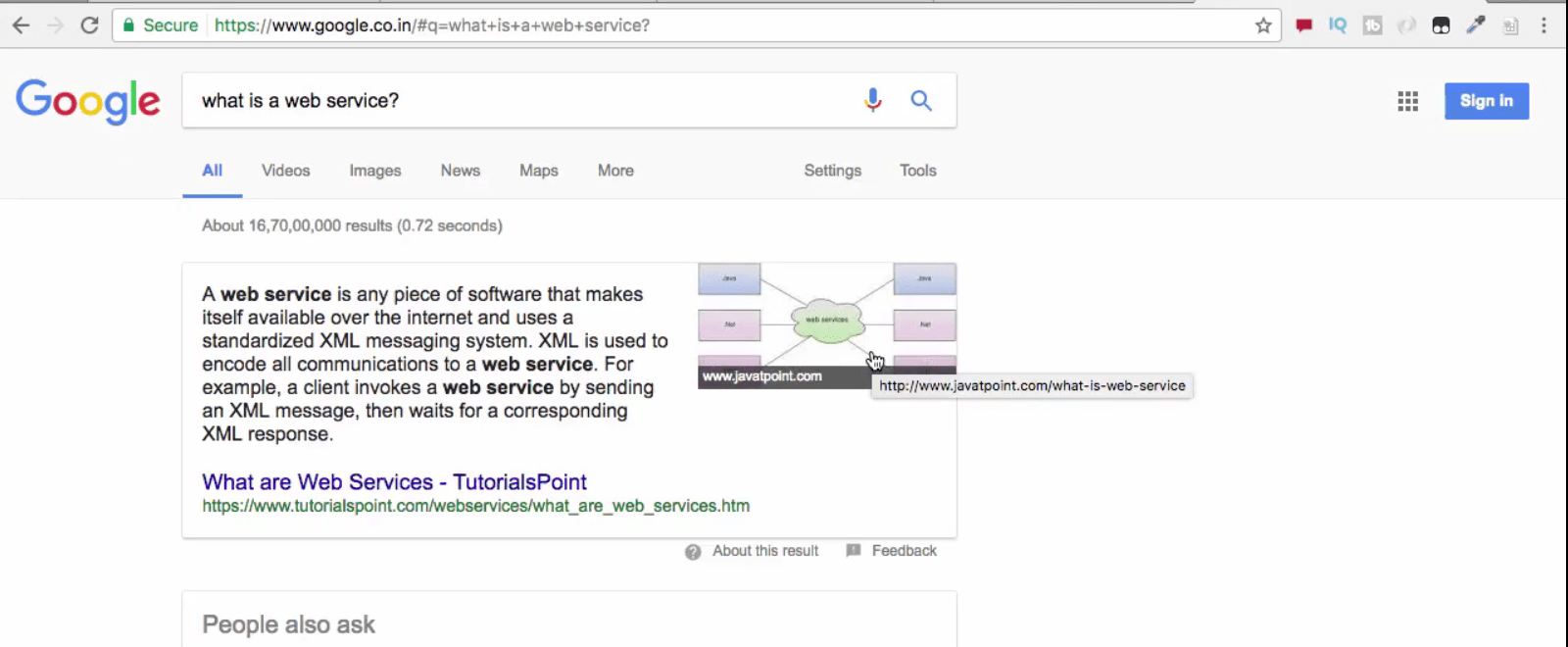
And then click on one of the result pages:
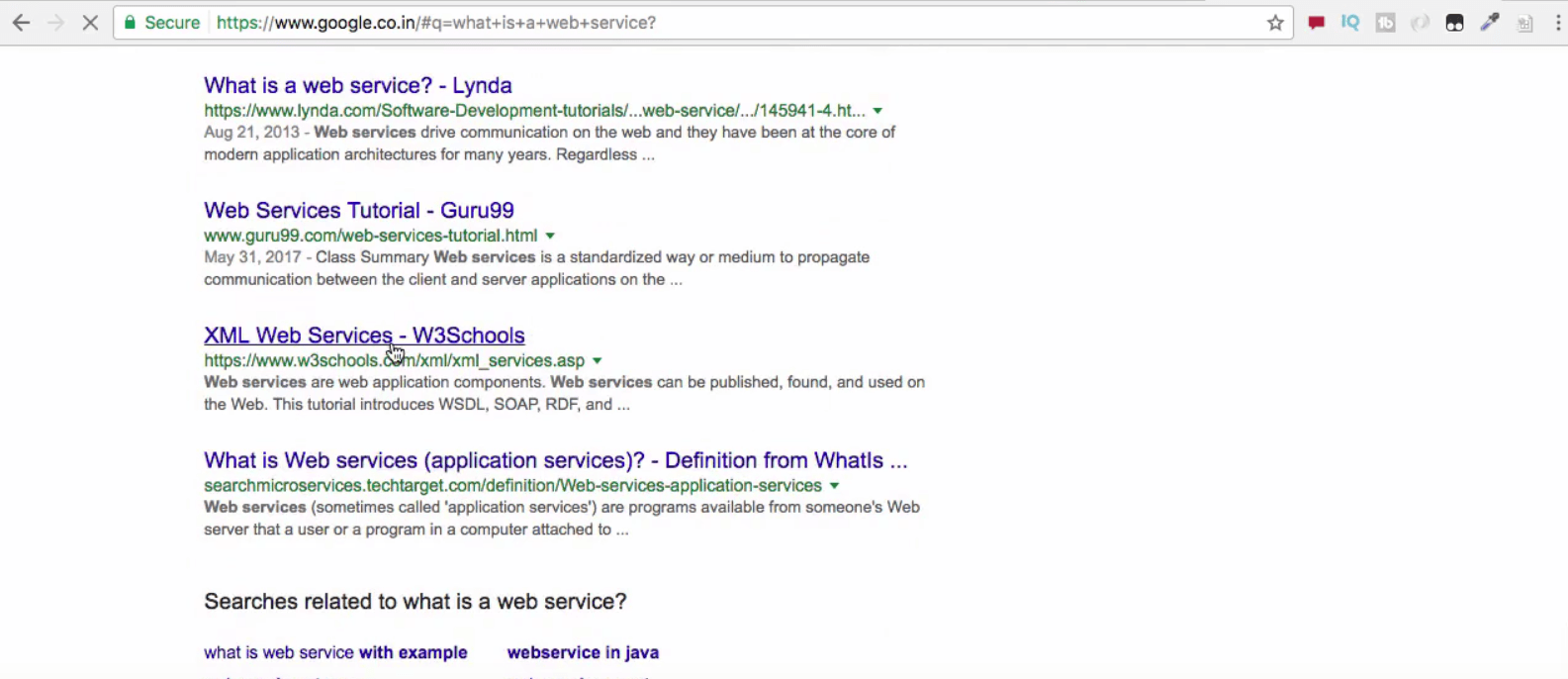
Next, we can click on the link on the page we end up in:
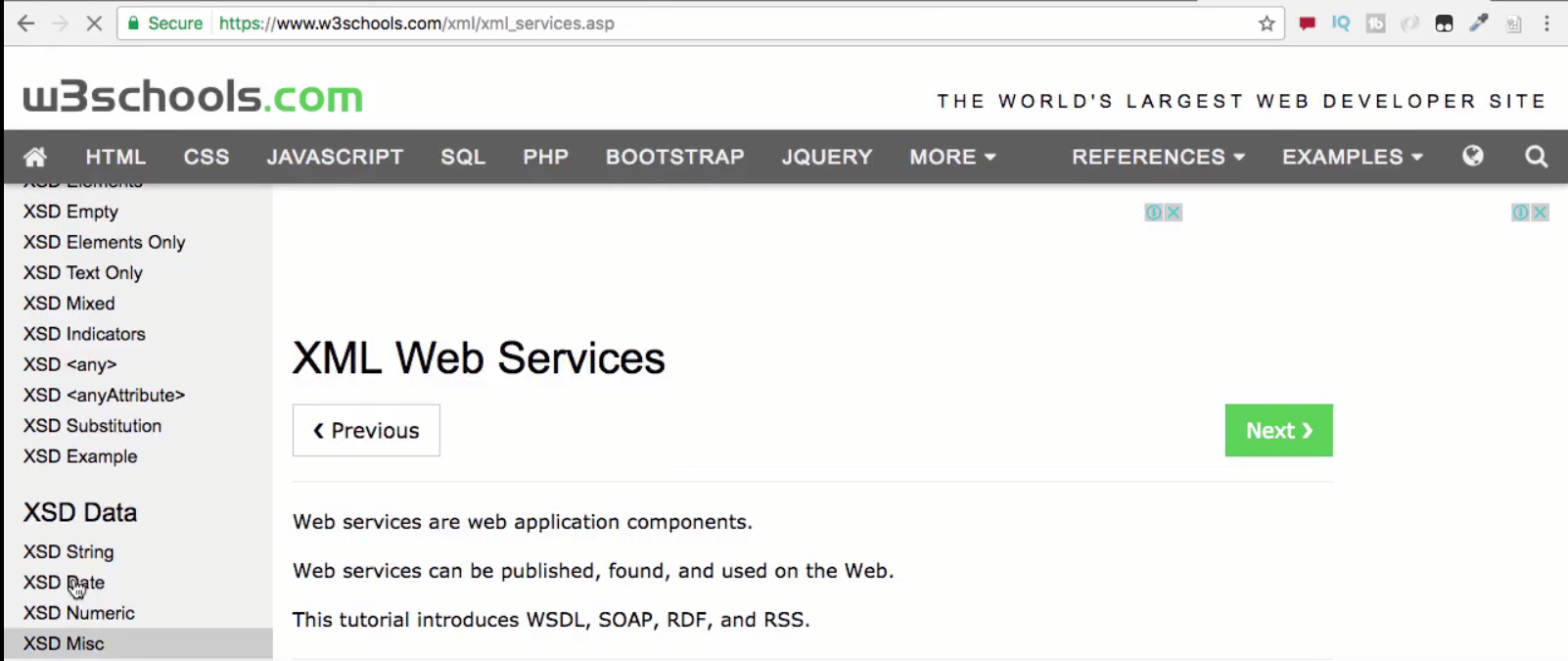
And land up on another page:
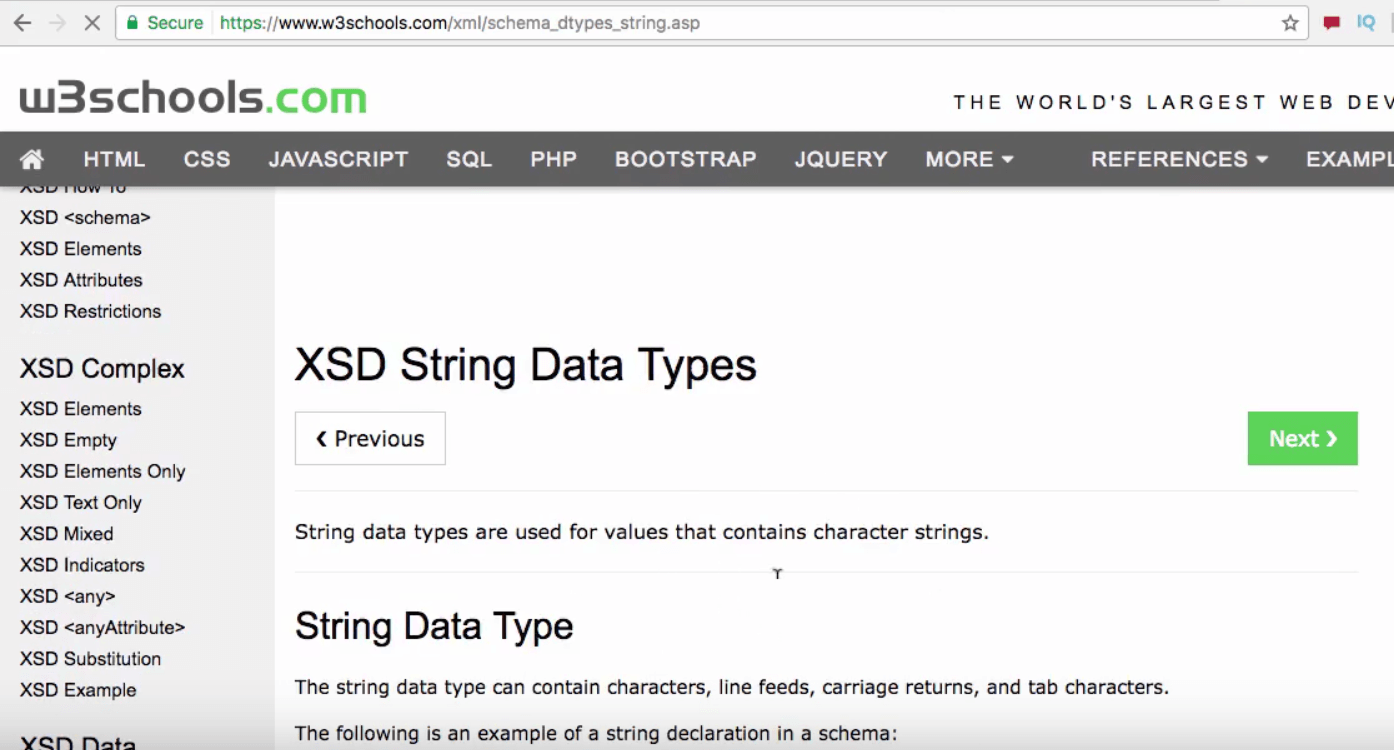
This is how we typically browse the web.
When we browse the internet, there are a lot of things that happen behind the scenes. The following is a simplified view of what happens between the browser, and the servers running on the visited websites:
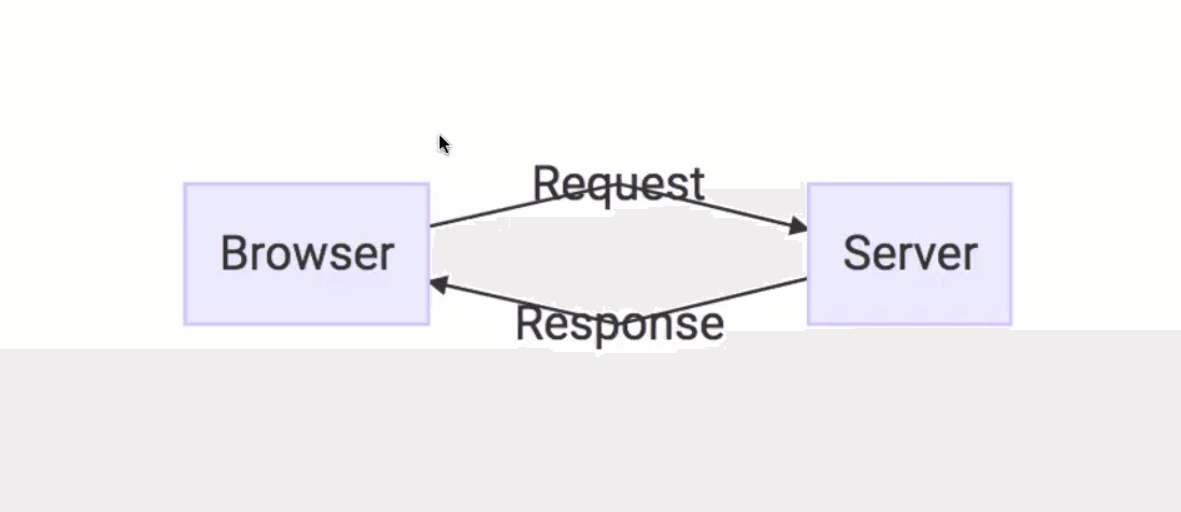
The HTTP Protocol
When you enter a URL such as https://www.google.com in the browser, a request is sent to the server on the website identified by the URL. That server then responds with a response. The important thing is the formats of these requests and responses. These formats are defined by a protocol called HTTP - Hyper Text Transfer Protocol.
When you type in an URL at the browser, it sends out a GET request to the identified server. The server then replies with a HTTP response, that contains data in HTML - Hyper Text Markup Language. The browser then takes this HTML and displays it on your screen.
Let’s say you are filling in a form present on a web page, with a list of details. In such a scenario when you click the Submit button, a HTTP POST request gets sent out to the server.
HTTP and RESTful Web Services
HTTP provides the base layer for building web services. Therefore, it is important to understand HTTP. Here are a few key abstractions
Resource
A resource is a key abstraction that HTTP centers round. A resource is anything you want to expose to the outside world, through your application. For instance, if we write a todo management application, instances of resources are:
- A specific user
- A specific todo
- A list of todos
Resource URIs
When you develop RESTful services, you need to focus your thinking on the resources in the application. The way we identify a resource to expose, is to assign a URI - Uniform Resource Identifier - to it. For example:
- The URI for the user Ranga is
/user/ranga - The URI for all the todos belonging to Ranga is
/user/Ranga/todos - The URI for the first todo that Ranga has is
/user/Ranga/todos/1
Resource Representation
REST does not worry about how you represent your resource. It could be XML, HTML, JSON or something entirely different! The only important thing is you clearly define your resource, and perform whatever actions that are supported on it by making use of features already provided by HTTP. Examples are:
- Create a user:
POST /users - Delete a user:
DELETE /users/1 - Get all users:
GET /users - Get a single user:
GET /users/1
REST And Resources
A significant point to note is that with REST, you need to think about your application in terms of resources :
- Identify what resources you want to expose to the outside world
- Make use of the verbs already specified by HTTP, to perform operations on these resources
Here is how a REST service is generally implemented:
- Data Exchange Format: No restriction is imposed over here. JSON is a highly popular format, although other such as XML can be used as well
- Transport: Always HTTP. REST is completely built on top of HTTP.
- Service Definition : There is not standard to specify this, and REST is flexible. This could be a drawback in some scenarios, as it might be necessary for the consuming application to understand the request and response formats. There are widely used ones however, such as WADL (Web Application Definition Language) and Swagger.
REST focuses on resources, and how effectively you perform operations on them using HTTP.
The Components Of HTTP
HTTP defines the following for a request:
- Method
- Headers
- Body
For the response, HTTP defines the
- Headers
- Body
HTTP Request Methods
The method used in a HTTP request indicates what action you want to perform with that request. Important examples are:
- GET: Retrieve details of a resource
- POST : Create a new resource
- PUT: Update an existing resource
- DELETE: Delete a resource
HTTP Response Status Code
A status code is always present in a HTTP response. Common examples are:
- 200: Success
- 404: Page not found
Do check out our video on this:
Summary
In this article, we had a high-level look at REST. We stressed on the fact that HTTP is the building block of REST services. HTTP is a protocol that is used to define the structure of browser requests and responses. We saw that HTTP deals mainly with resources that are exposed on web servers. Resources are identified using URIs, and operations on these resources are performed using verbs defined by HTTP.
Finally, we looked at how REST services make best use of features offered by HTTP, to expose resources to the outside world. REST does not put any restrictions on the resource representation formats, or on the service definition.
